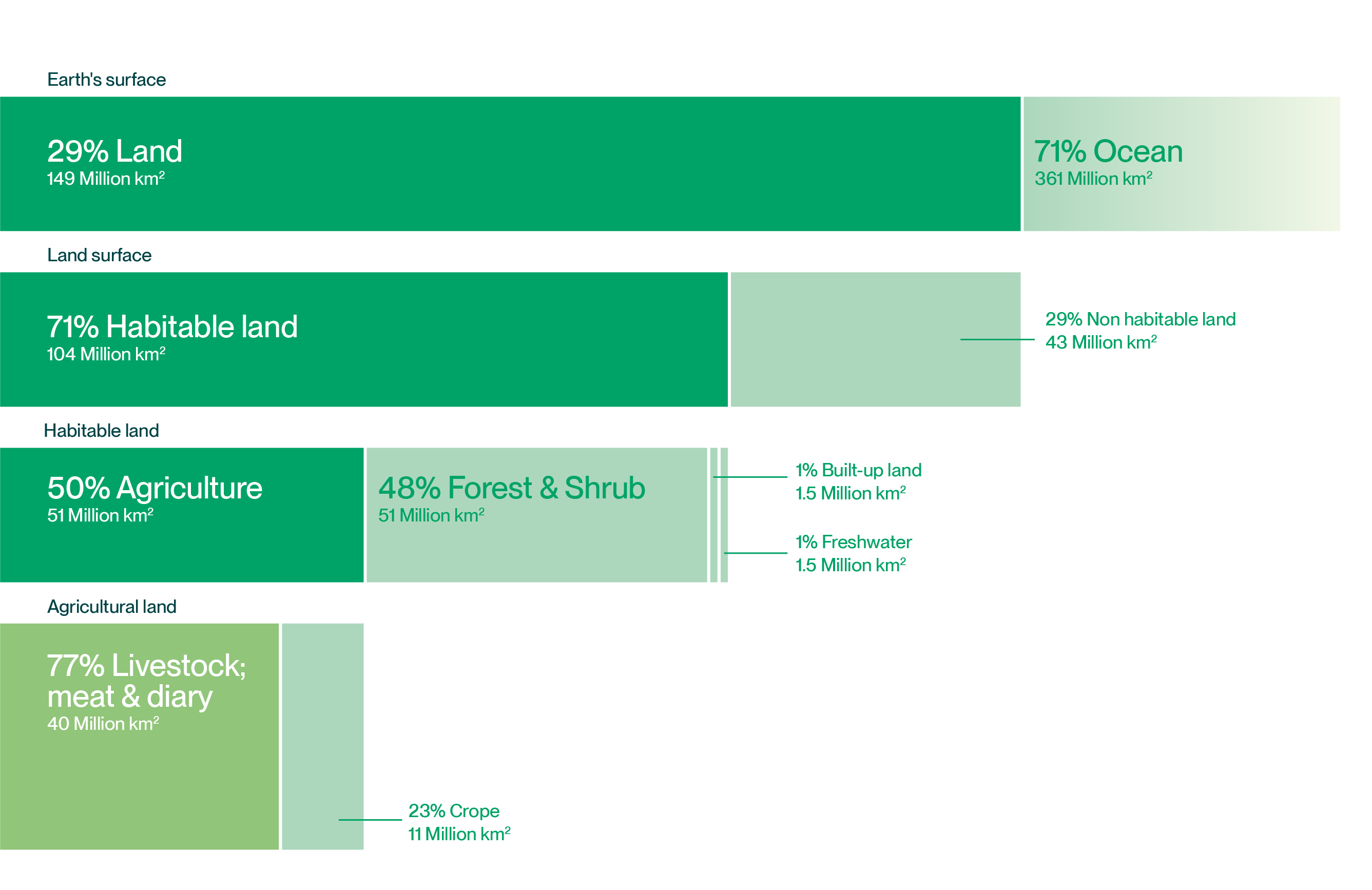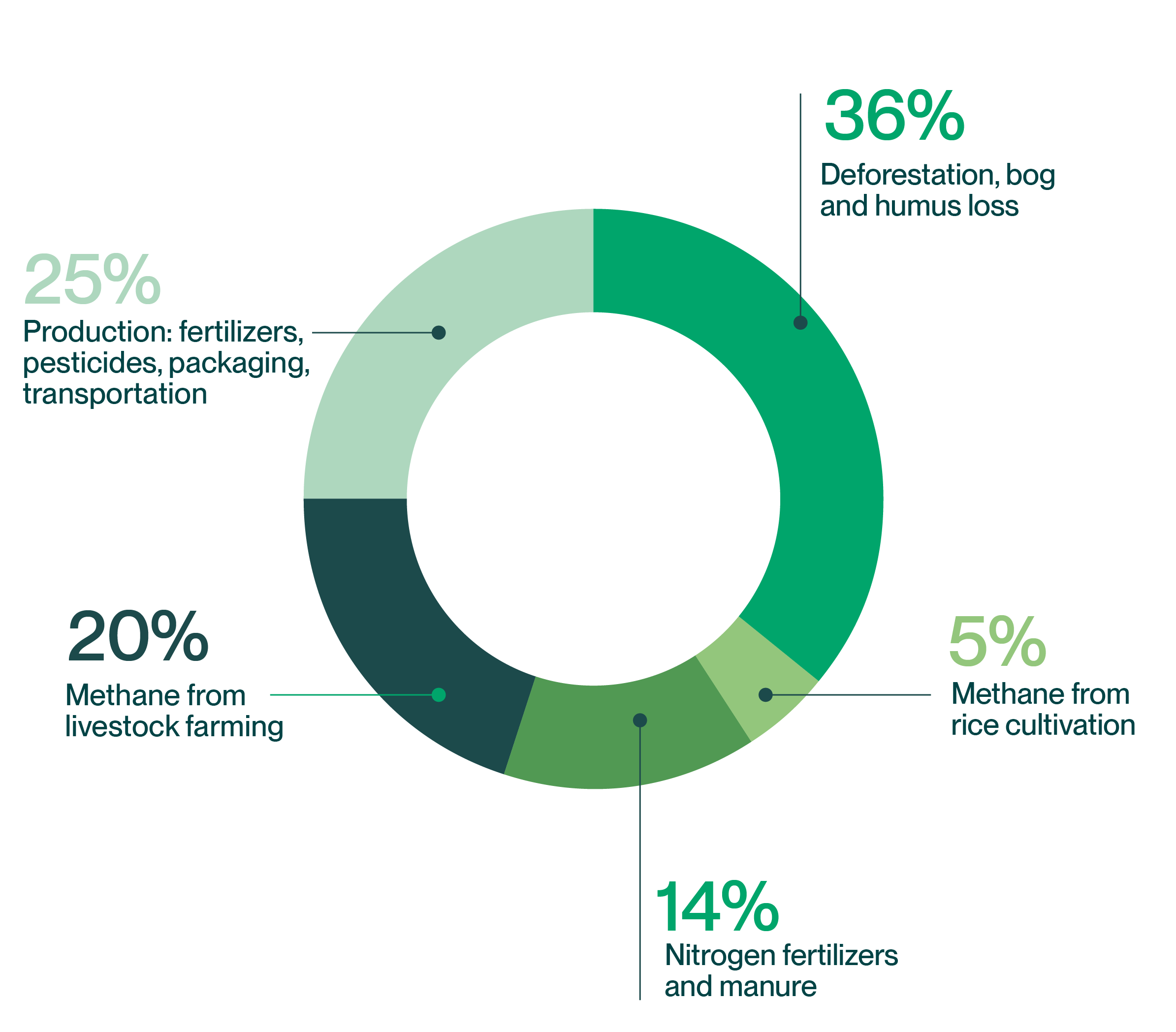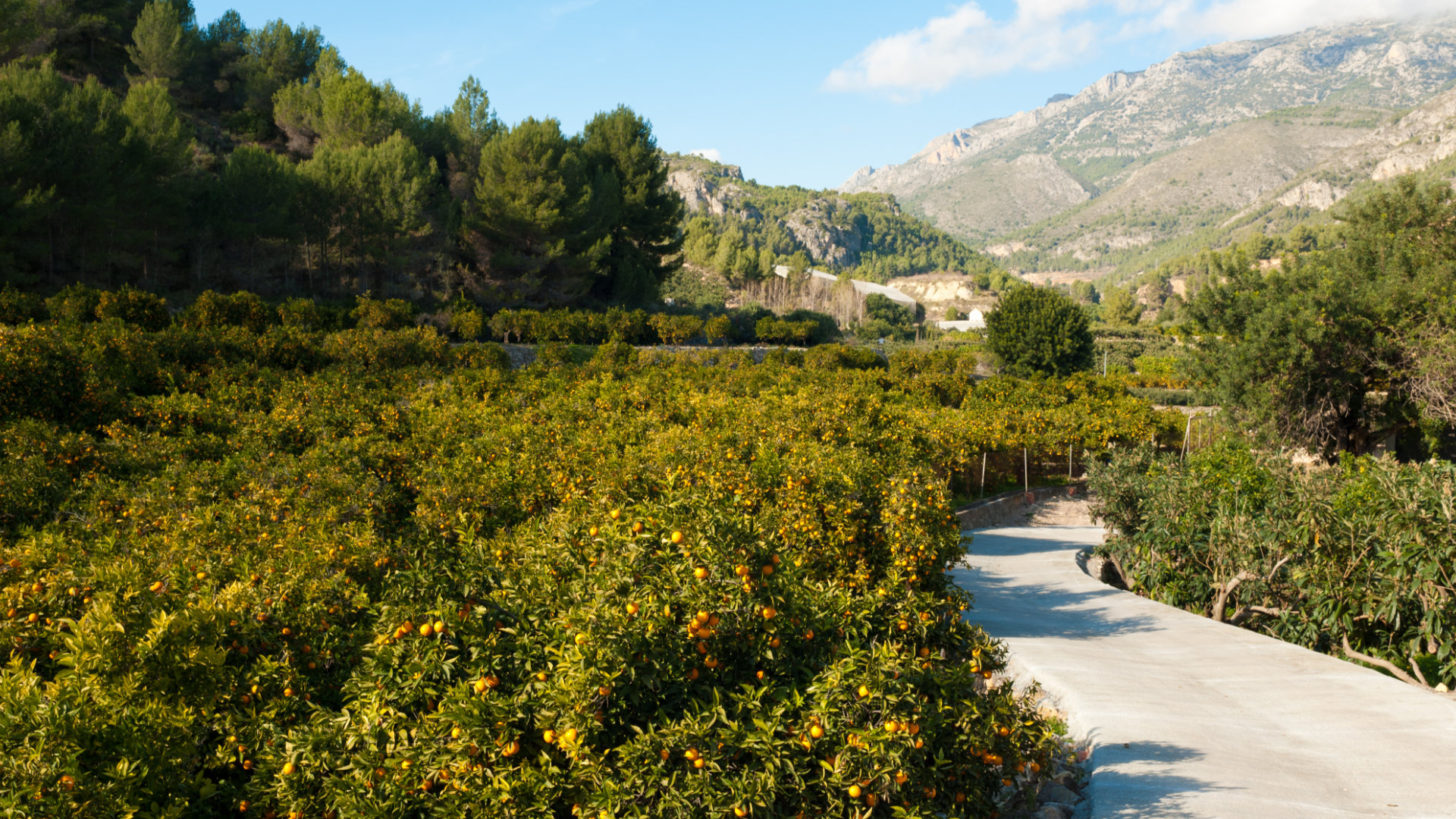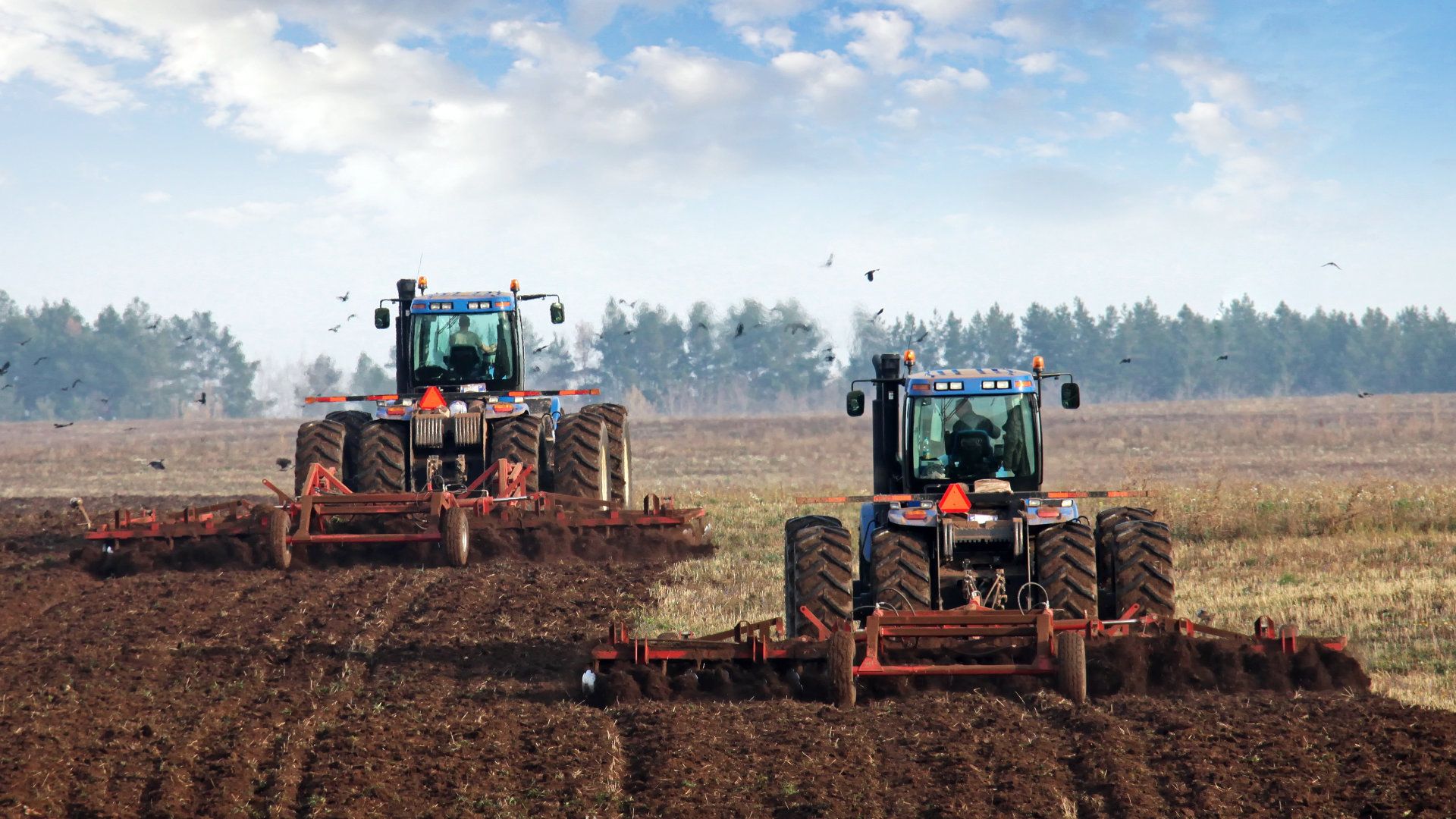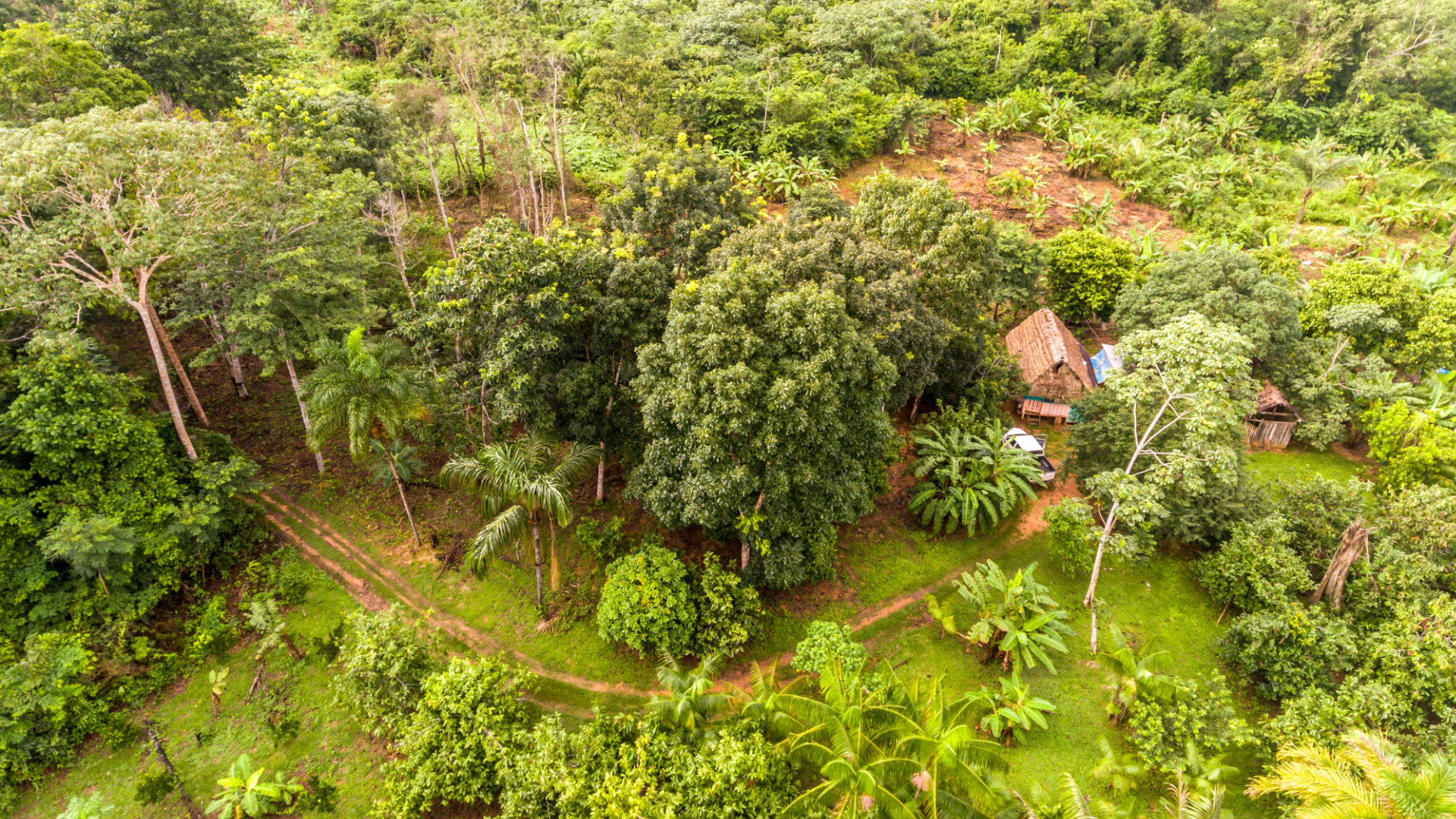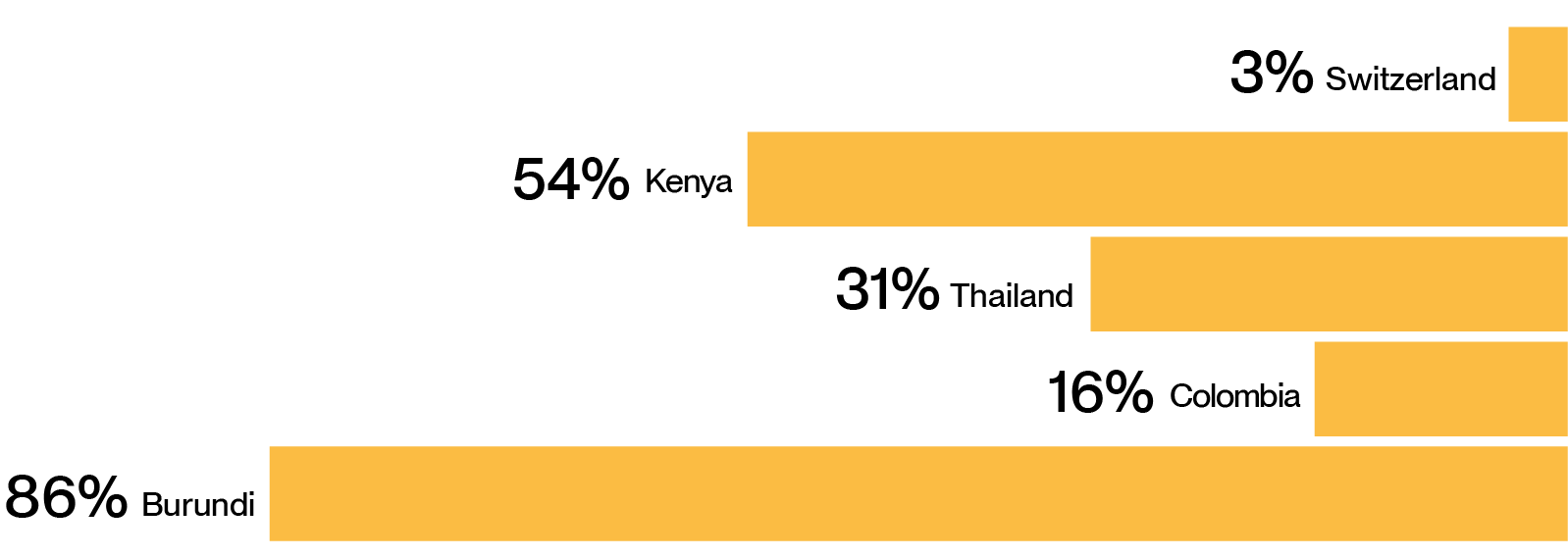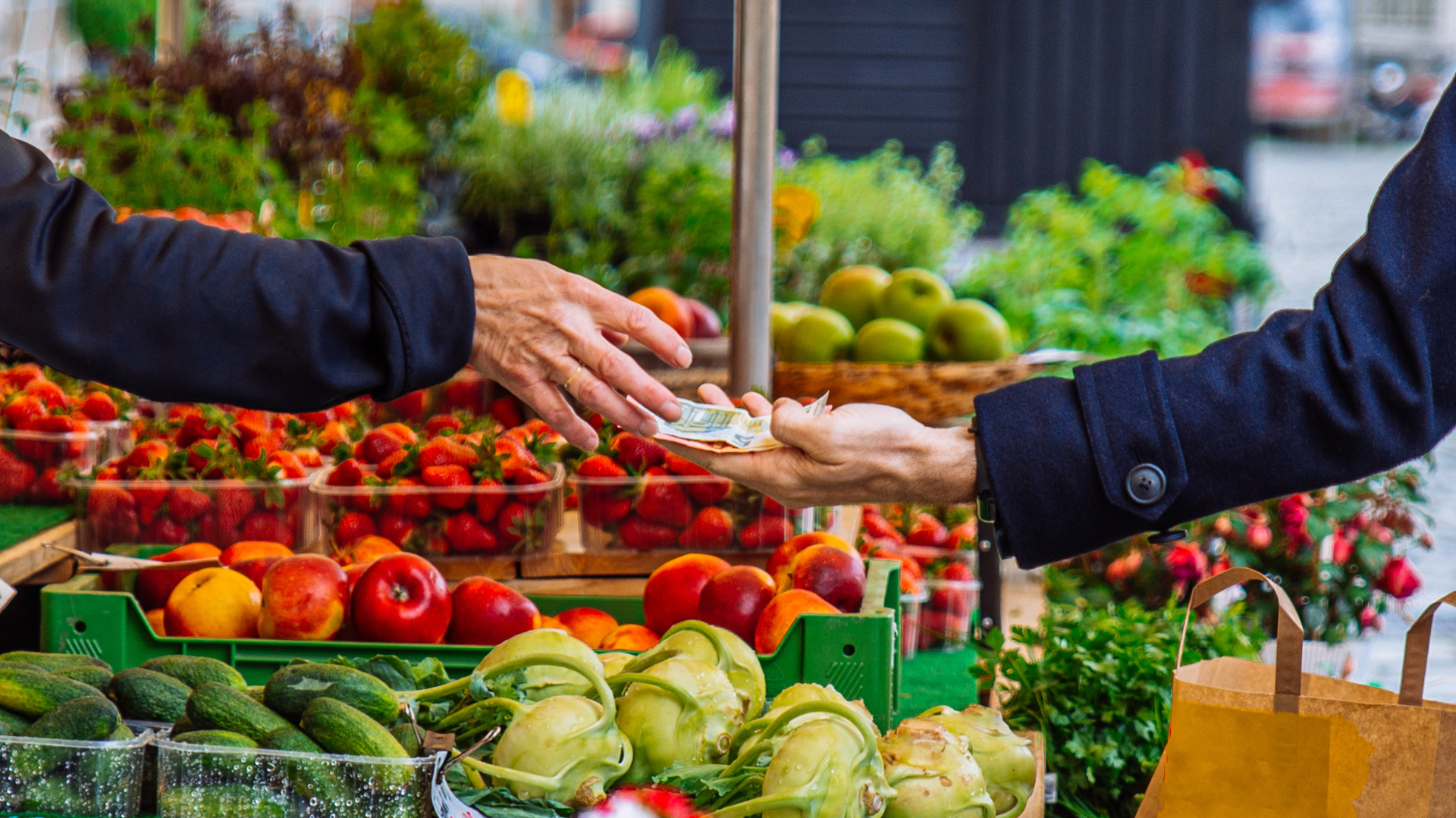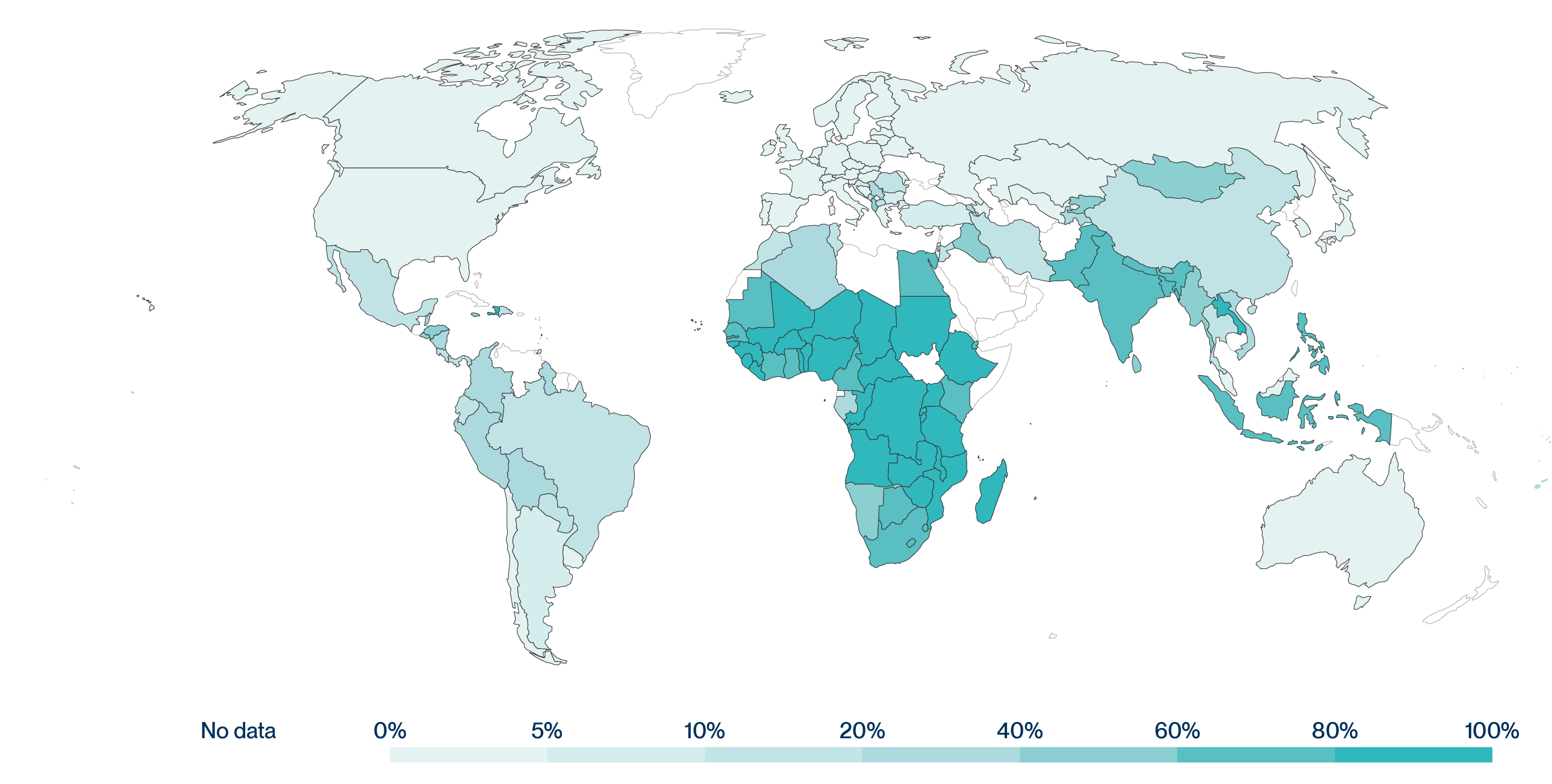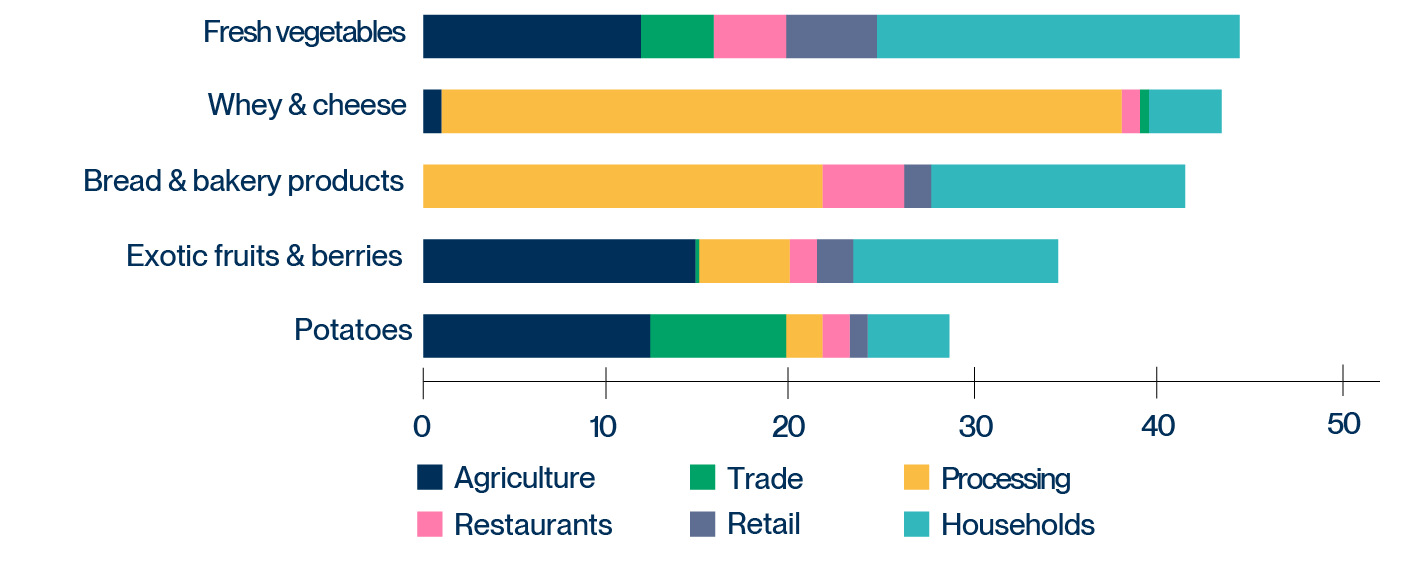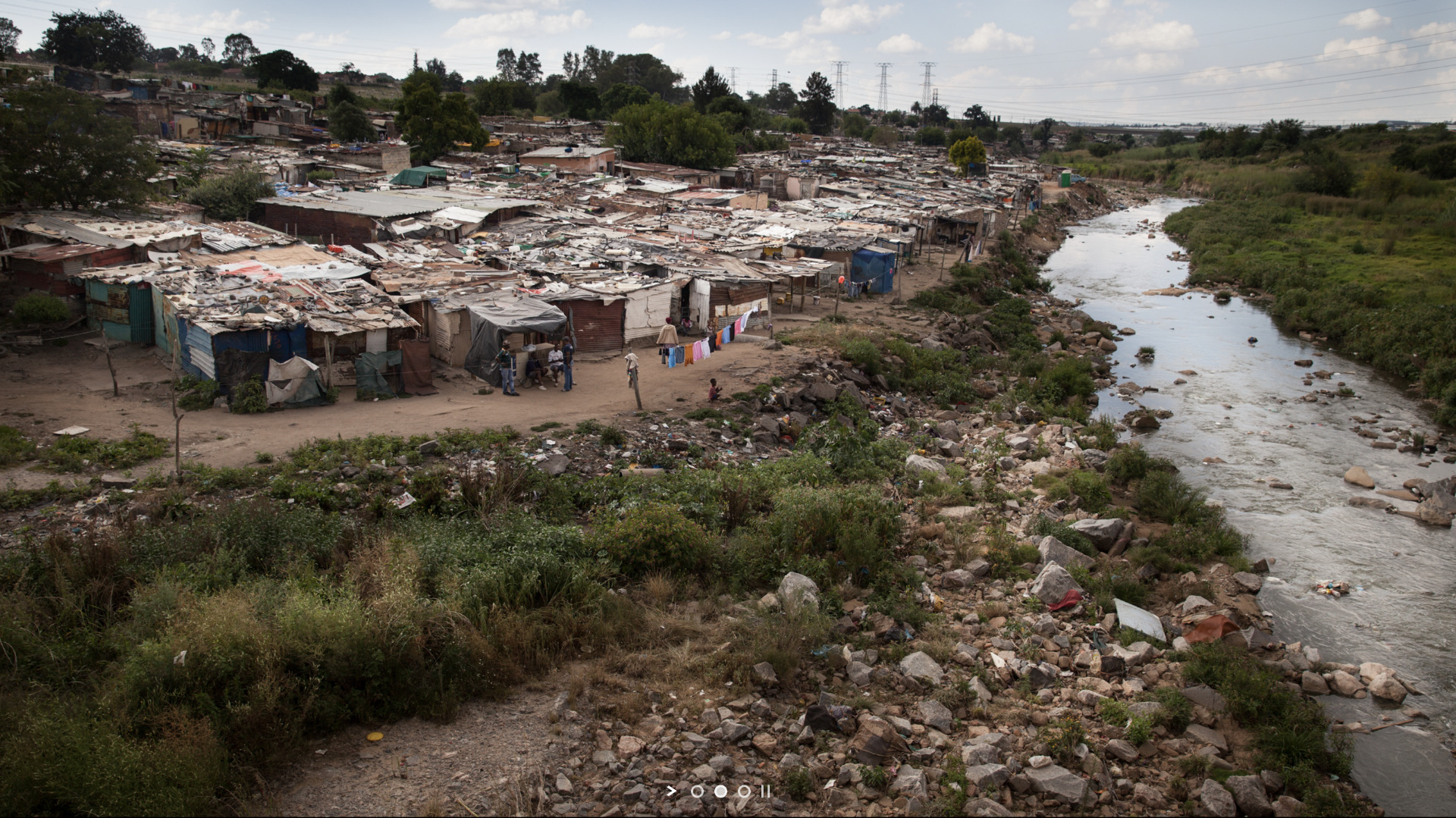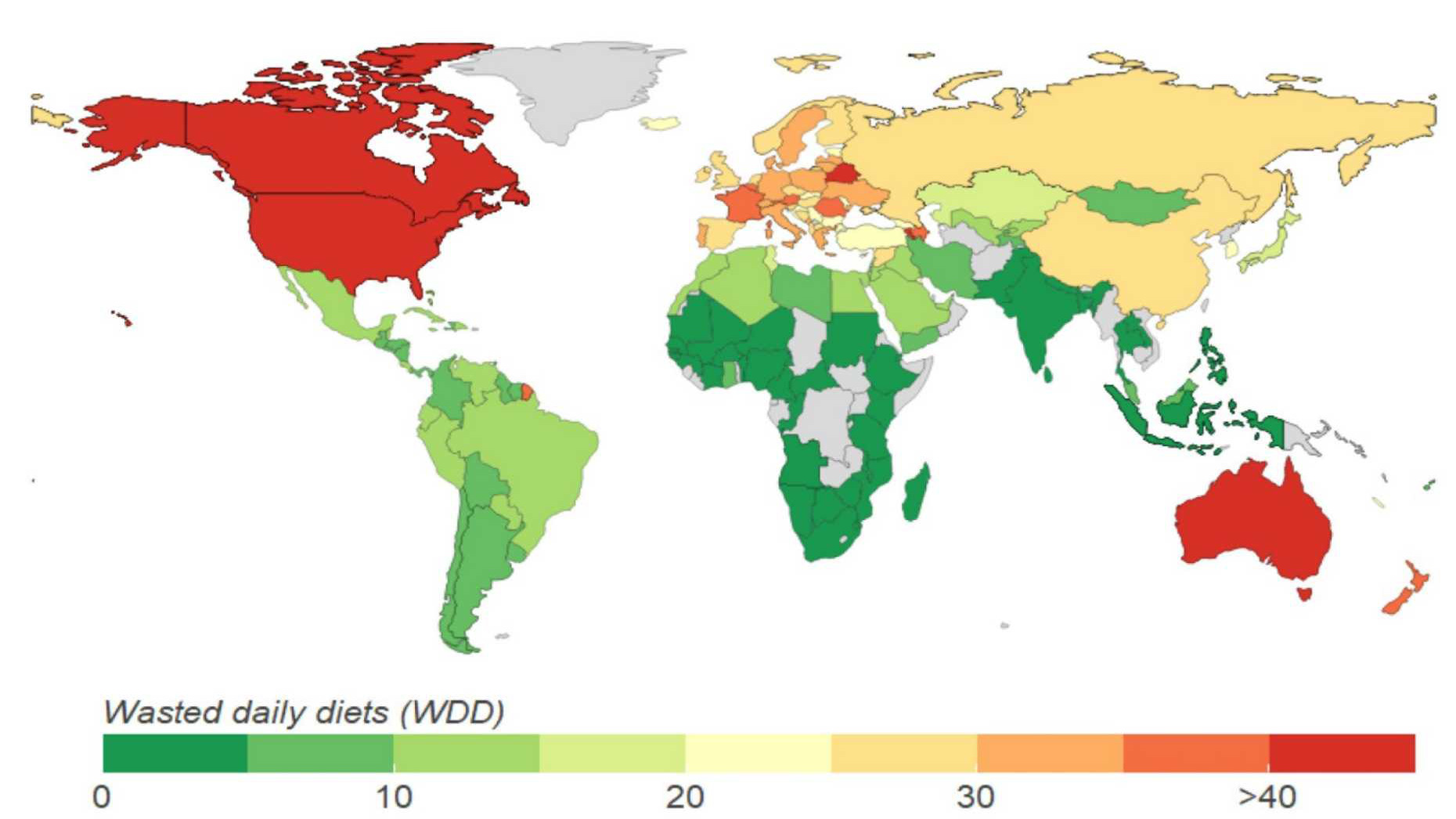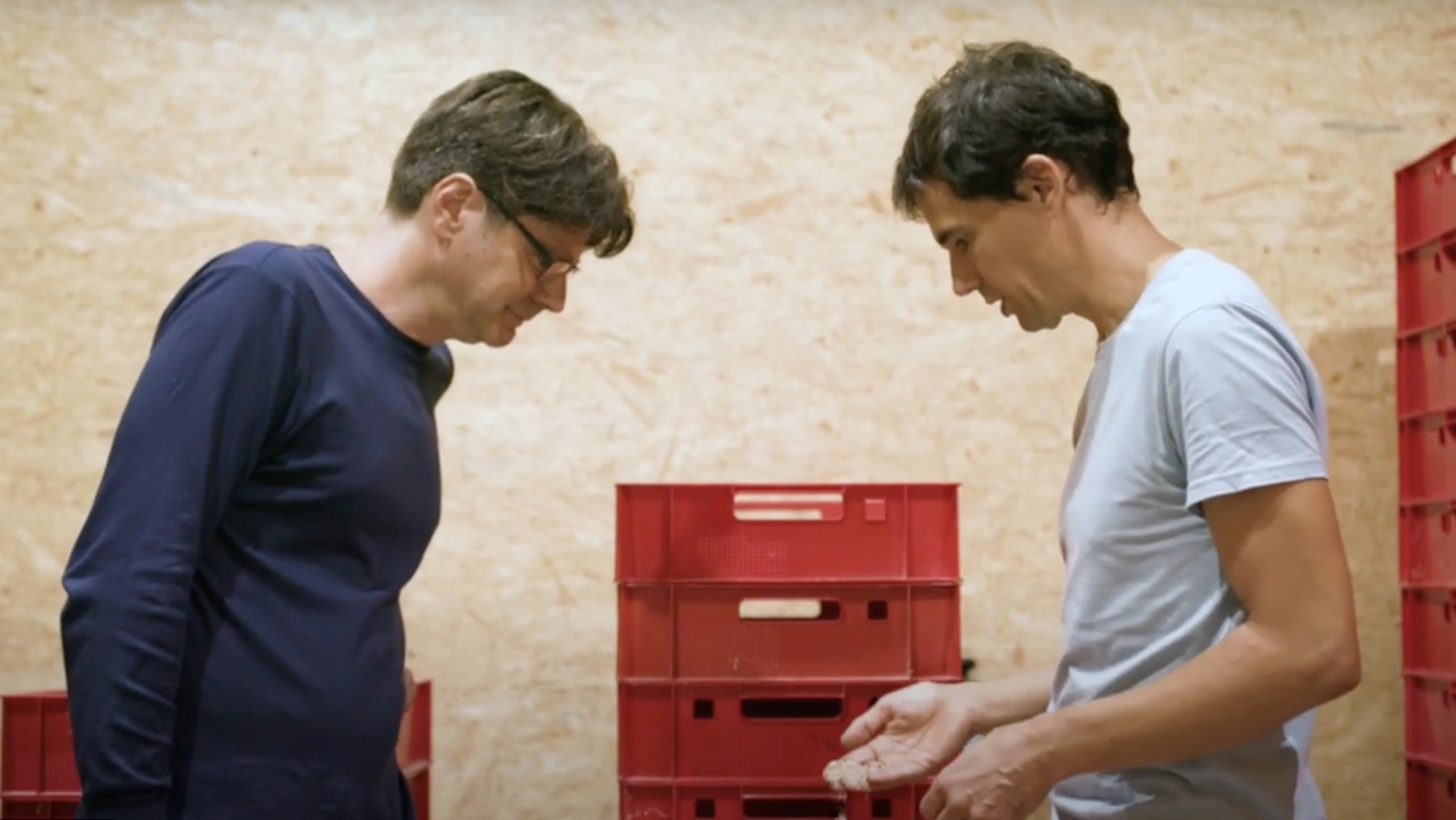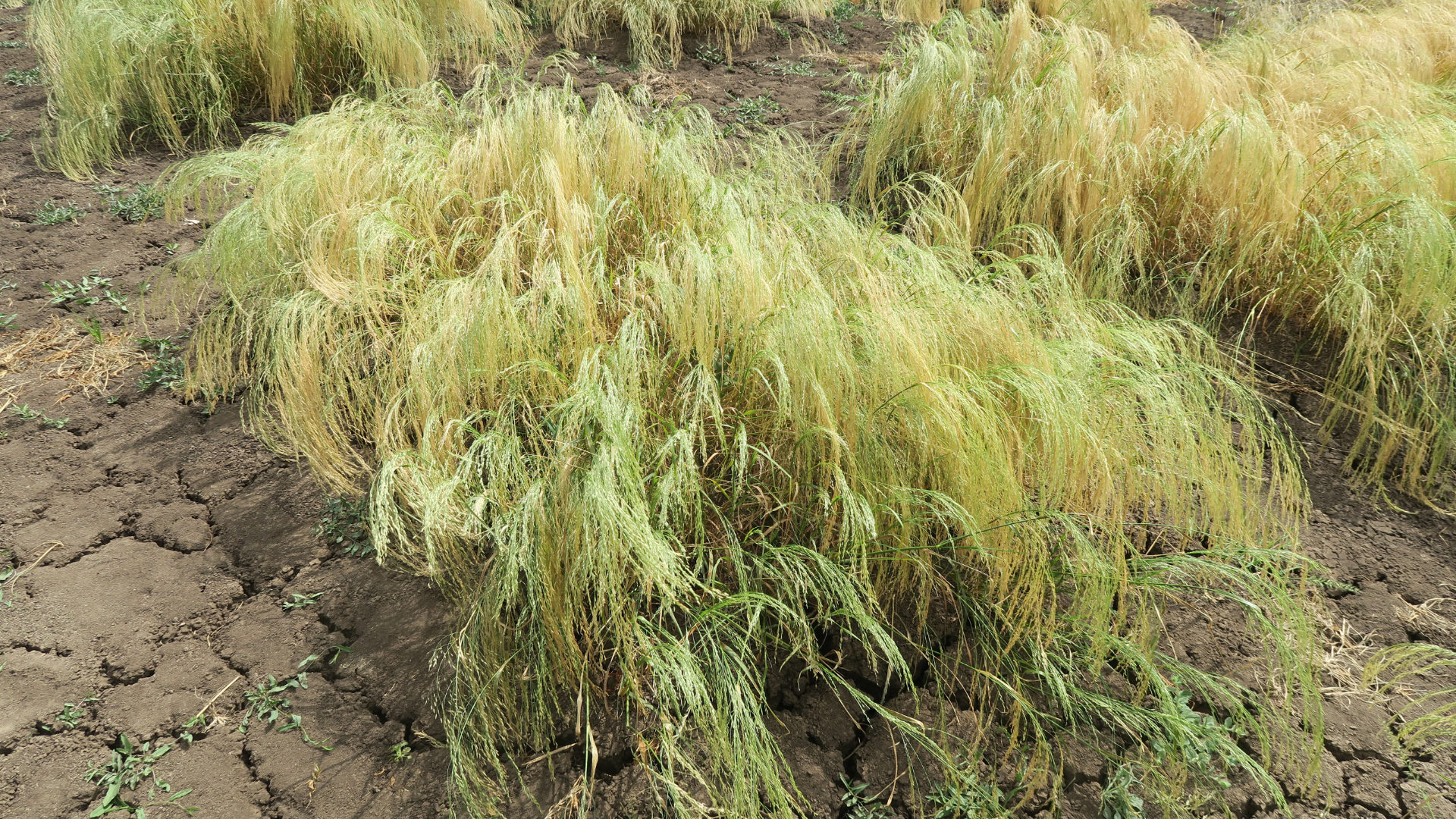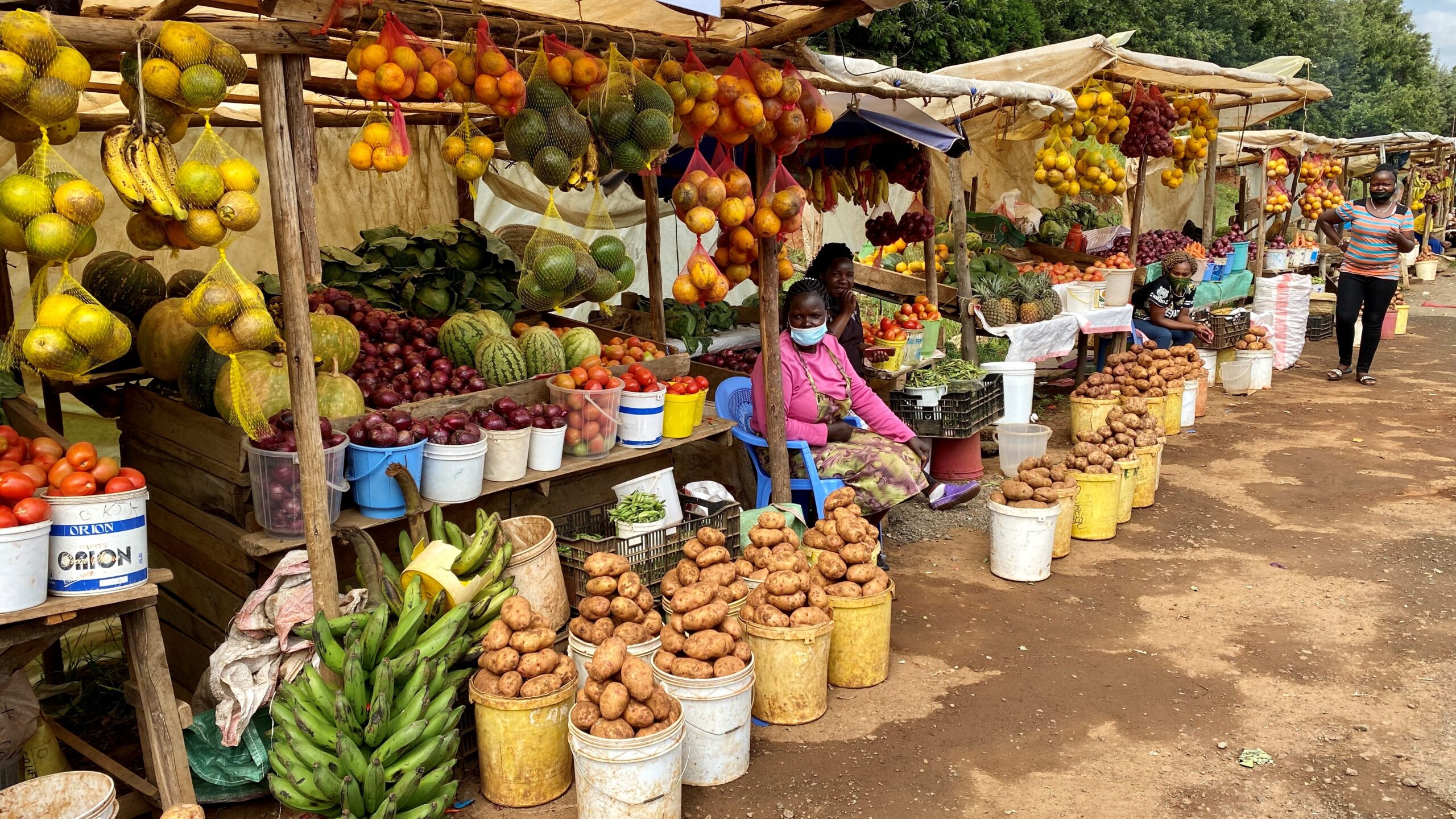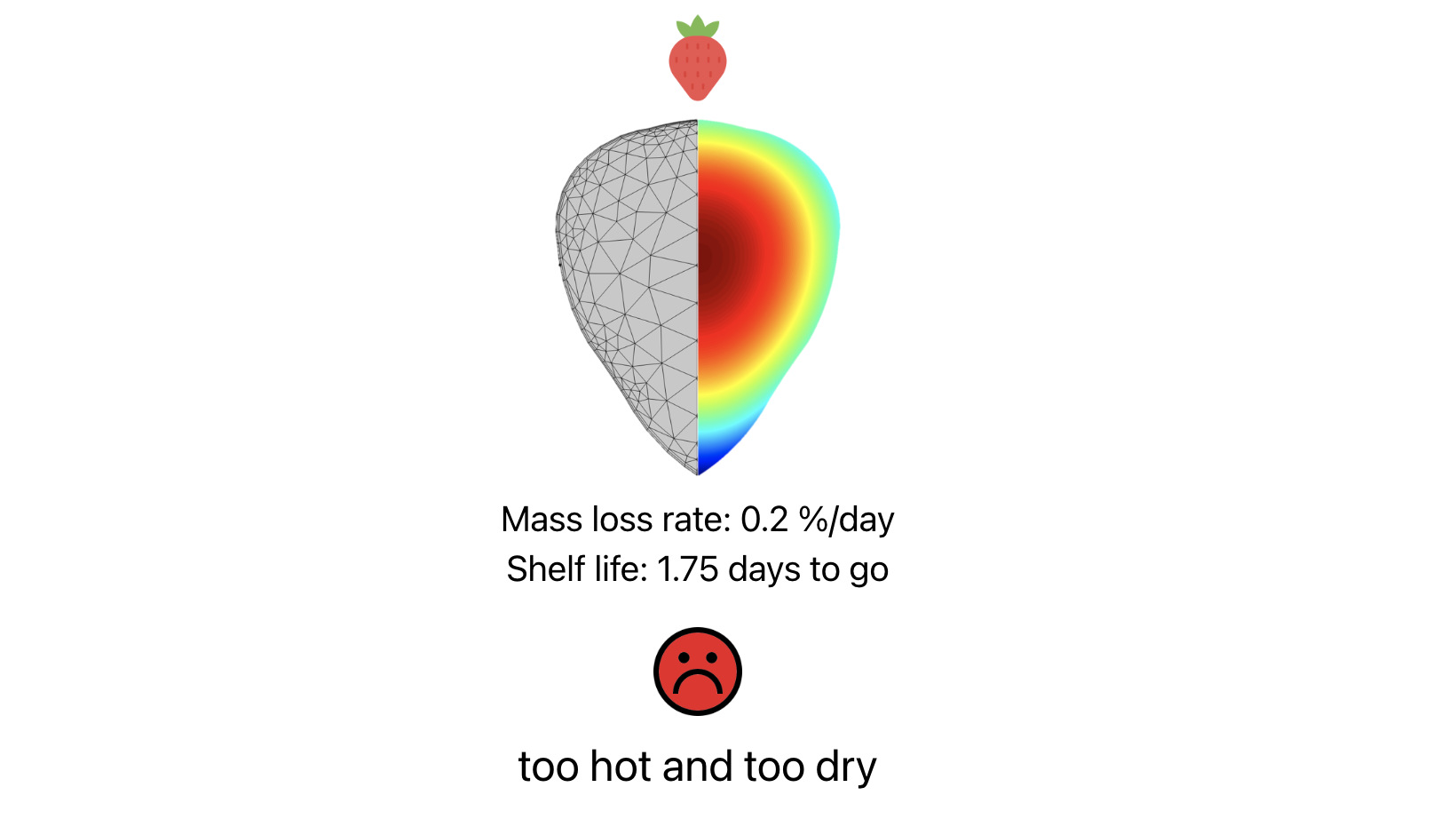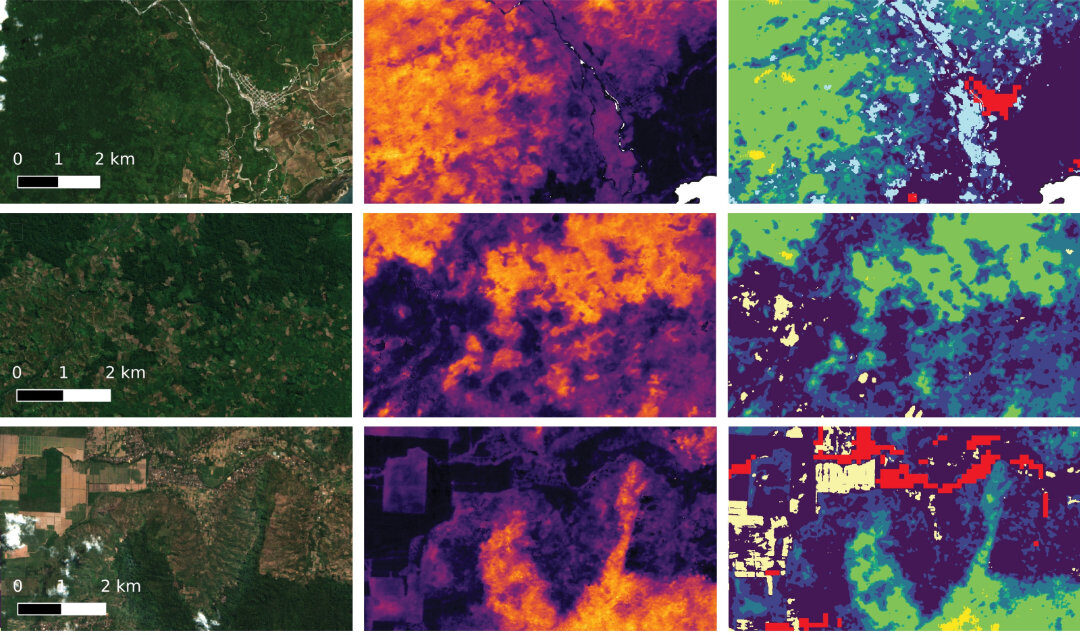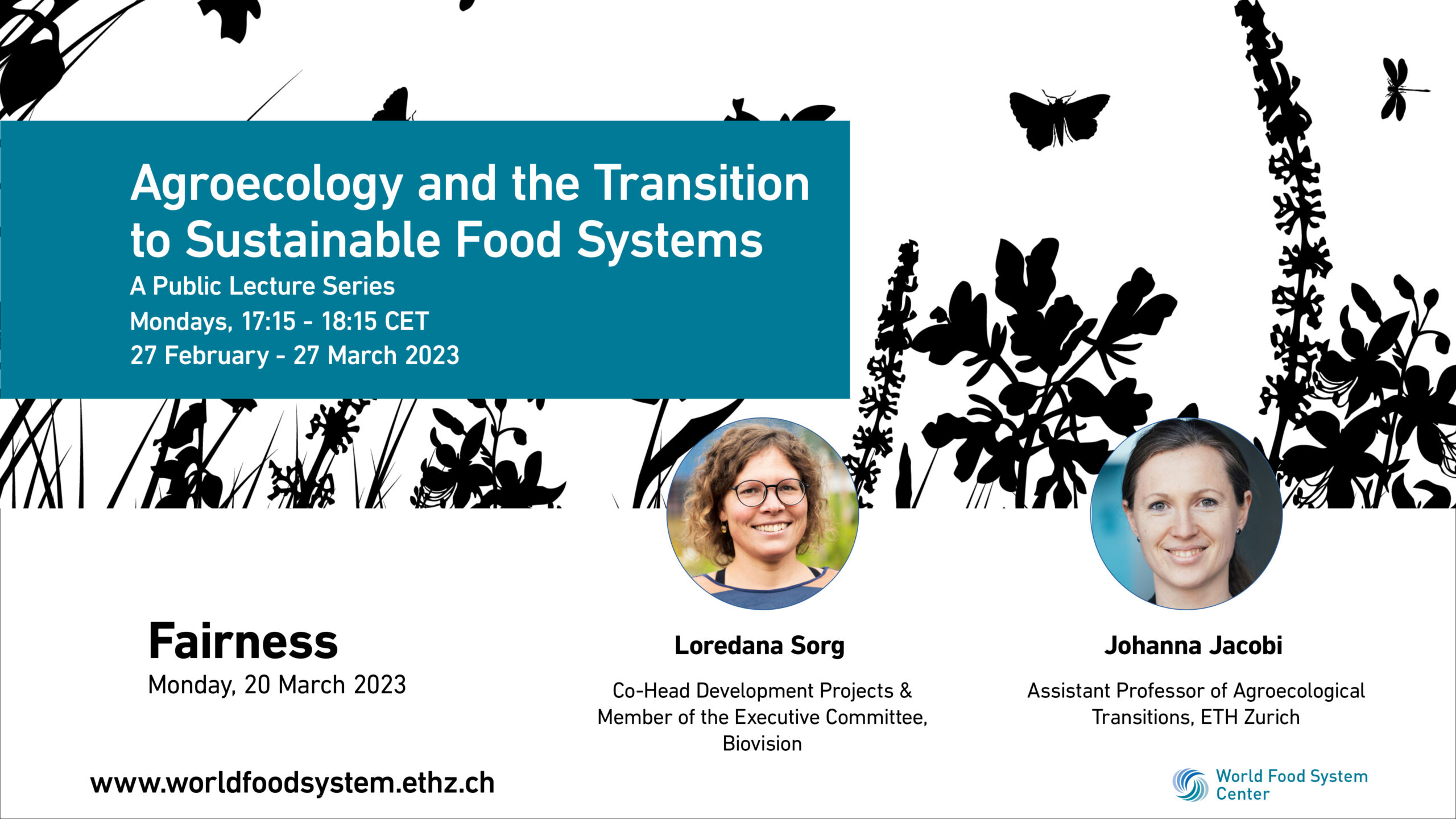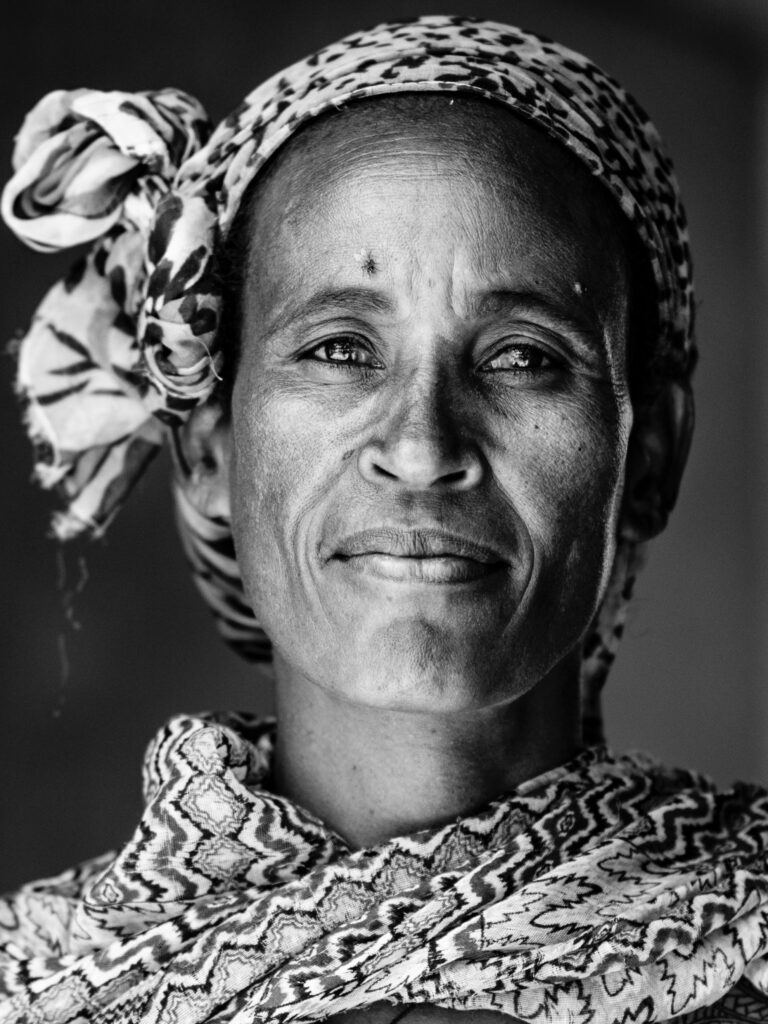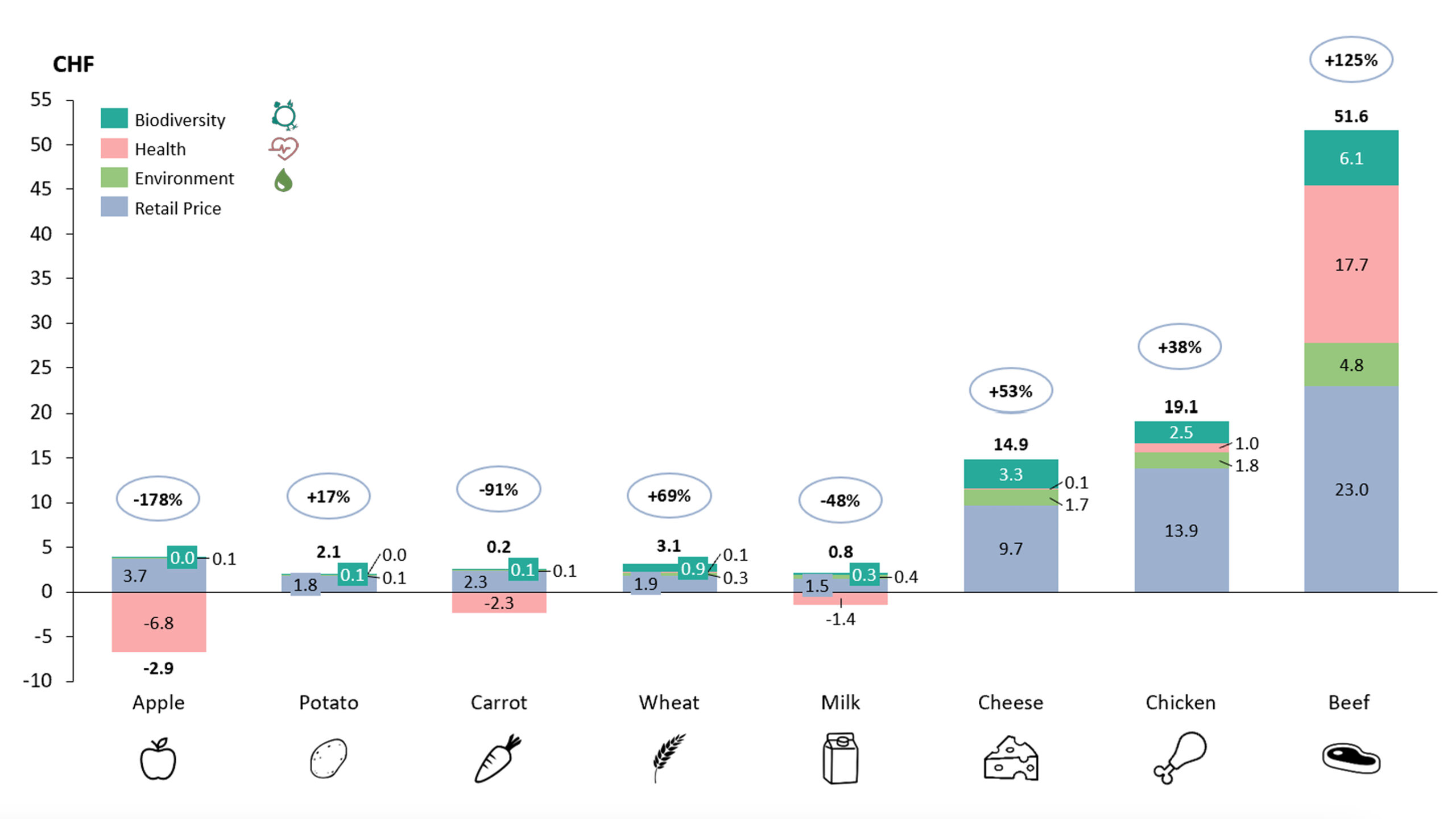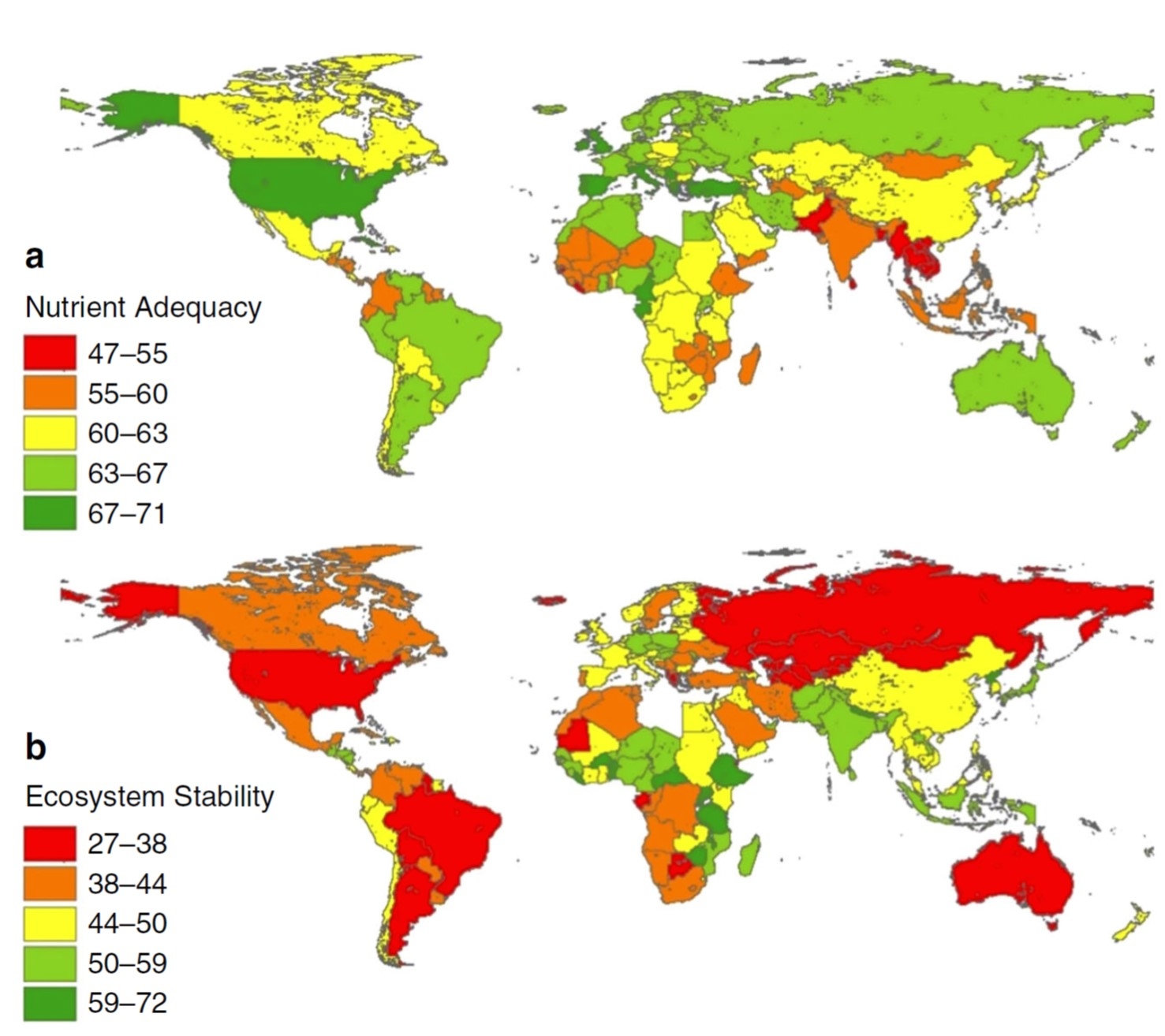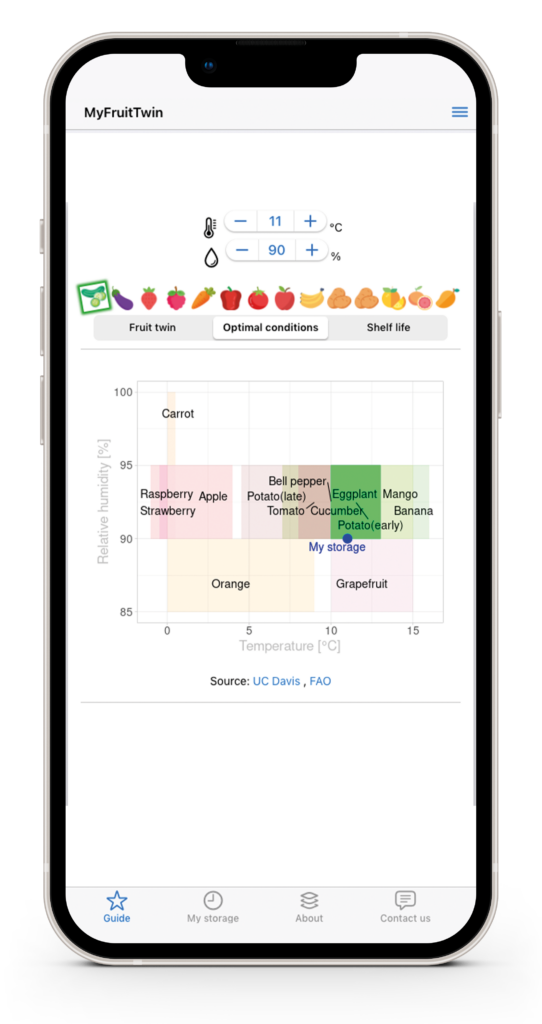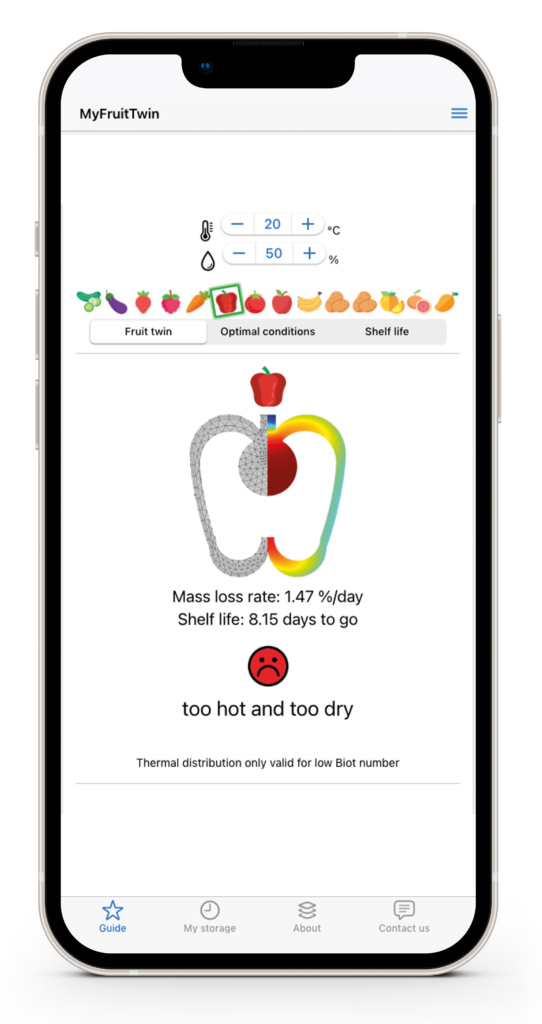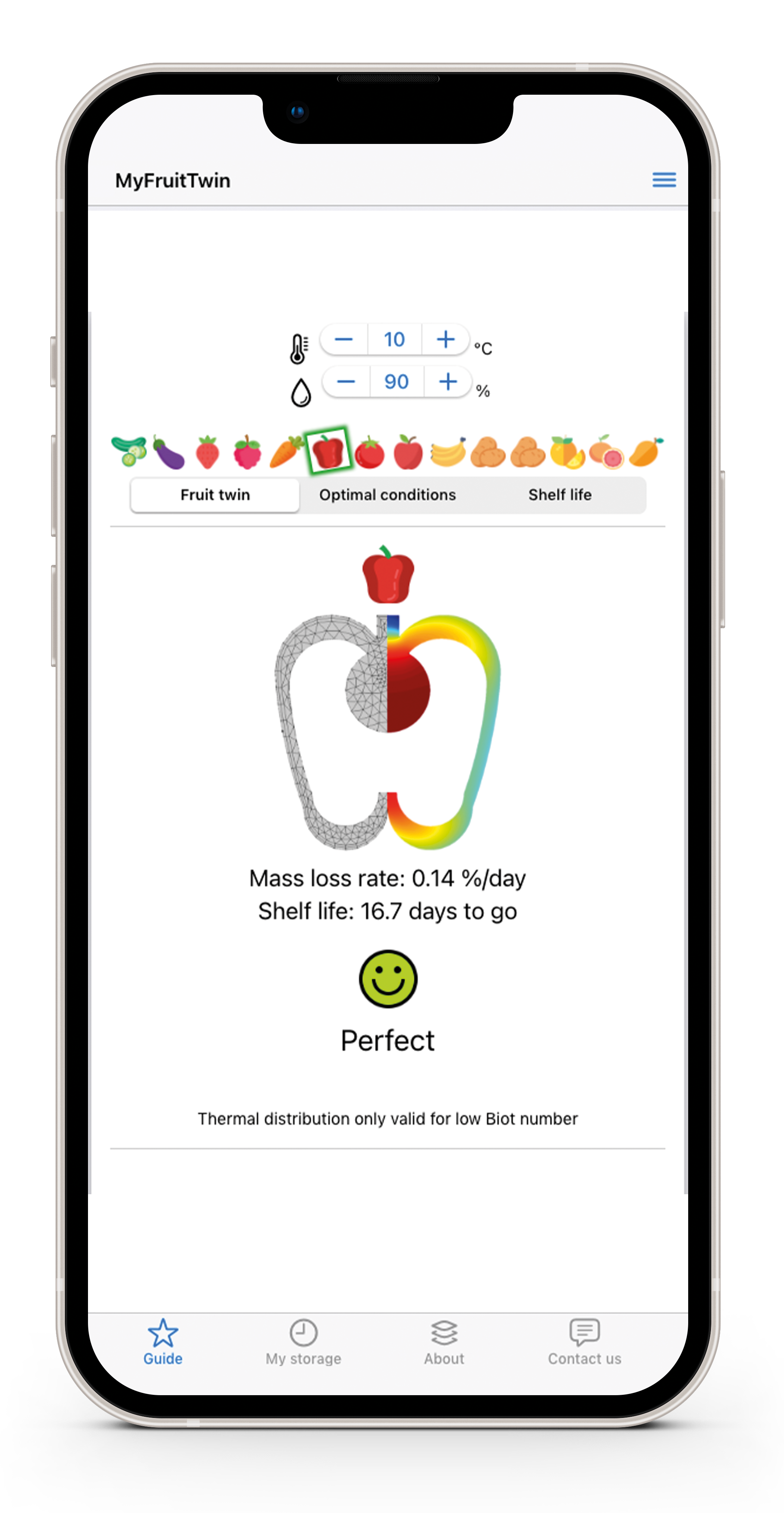What is a food system?
How, by whom, and under what conditions is food produced? How does food travel around the world before it ends up on our plates? What does this mean for people and the environment?
Join us on an interactive journey through our food system. Using examples, you will gain insight into how food is produced and processed and also into the challenges that arise along the way.
Be inspired by solutions from research at ETH Zurich. We can all contribute to sustainably transforming the way we produce, process, and consume food.
The journey of our food from cultivation to consumption is part of the food system. It includes all the steps required to produce food: cultivation, processing, transportation, marketing, consumption, and waste disposal. Many people are involved in this process.
The food system is embedded within frameworks set by society, politics, ecology, and the economy. We need to understand this interplay and consider it all as a whole to sustainably transform the food system: it should nourish us while ensuring environmental protection and social well-being.
New forms of collaboration among all stakeholders are needed, including farmers and workers in industry and trade, to politicians, researchers, and consumers. Solutions for a sustainable food system must be developed from this wealth of experience.
The food system is responsible for
Our planet provides all living beings with the necessary essentials: clean water, fertile soil, and high biodiversity. We humans also rely on these natural resources to supply our food.
The Earth's natural resources are limited and are diminishing due to our economic activities that burden nature. Food production, in particular, depletes soil, pollutes water bodies, lowers groundwater levels, and contributes to climate change. Agriculture already has to adapt to climate change, while more and more species lose their habitats and become extinct.
Our basic needs are therefore threatened, and often one problem leads to another. It is our responsibility to preserve the Earth's natural resources for future generations.
Globale Landnutzung für die Nahrungsmittel-produktion
Global land use for food production
Forests in danger
Forests play a crucial role in sustaining life on our planet. They provide habitats for many species, protect soil from erosion, and regulate the water cycle. By sequestering carbon and evaporating water, they help cool the climate. However, this function alone is not enough to stop climate change.
Deforestation releases carbon into the atmosphere, accelerating global warming. More and more forest areas are disappearing as more land is needed for food production.
For centuries, humans have been clearing forests to expand agriculture. Today, pastures, fields, and plantations are increasingly being established in the tropics where rainforests once stood.
What are the drivers of tropical deforestation?
Almost all global deforestation occurs in tropical and subtropical countries. Between 70% and 80% is caused by the conversion of primary forests into agricultural land or tree plantations. The distribution of these causes is shown as an average for the years 2005 to 2013.
Soil is a vital resource
Agriculture depends on soil. It provides plants with nutrients, water, and support. Soil supplies habitats for a multitude of organisms. Soil filters and stores water and contains more carbon than all plant biomass combined, helping to stabilize the climate.
However, about one-third of all soil is damaged. Erosion, salinization, compaction, acidification, and pollution all severely affect soil, diminishing its use in agriculture.
Soil need protection. We must use it sustainably. This requires both traditional farming methods and new approaches and technologies.
Humans have been farming for thousands of years. They have developed methods for tending soil, growing crops and raising animals. In poorer countries, more than half of the people depend on agriculture for their livelihoods. Those working on small and medium-sized farms produce most of the world‘s food. But often they do not earn enough to get by.
Food production requires resources such as water and land. However, overly intensive production can harm the environment and the climate. We need new ways to produce our food.
We need to draw on both traditional farming knowledge and new technologies. For example, AI-controlled robots can precisely remove weeds, reducing the need for pesticides and fertilizers. Apps enable farmers to exchange helpful information. Space-efficient farming methods, such as growing lettuce, mushrooms, or breeding insects, can also be implemented in urban areas.
Proportion of people working in agriculture
As countries develop, the proportion of the population working in agriculture decreases. While more than two-thirds of the population in poorer countries are employed in agriculture, this share is less than 5% in wealthier countries.
Women in agriculture
Women are responsible for producing almost half of the world's food. However, they have limited access to resources like land, education, credit, and mobility.

Land

Education

Credit

Mobility
Women play a central role in food security. Their knowledge and skills are crucial for building resilience in agriculture.
If women had the same access to resources as men, agricultural yields could increase by 20-30%, and hunger in developing countries could be reduced by 12-17%.
Robots and drones in agriculture
Digitalization is changing agriculture towards "Smart Farming." Robots take over tasks from farmers. For example, remote-controlled gates guide livestock on pastures. Drones, equipped with cameras and sensors, collect information and allow precise fertilizer dosing. Software applications can detect plant diseases early.
In the Global South, more people are gaining access to the internet and other information technologies. This can be crucial as droughts and extreme weather events become more frequent and intense.
Whether these technical possibilities make future agriculture truly "smart" depends on considering all factors: technology, people, society, plants and animals, and the environment.
Food security through plant breeding
Humans practice plant breeding to optimize genetics. We select the best plants, cross different species, or treat seeds. Almost all our food comes from bred varieties.
Plant breeding is continuously advancing. There is an increasing need for varieties resistant to pests, diseases, or heat. Thanks to breeding, crops from warmer regions, like soybeans, can thrive in our climate. Direct genetic interventions can also contribute to breeding. However, in Switzerland, the cultivation of genetically modified plants is prohibited.
Plant breeding makes a significant contribution to global food security and adapting cultivation to changing environmental conditions. Breeding is a complex, lengthy, and costly process. New technologies can speed up this process. Large companies have joined forces and now dominate the market.
Projects focused on agriculture

Voices of farmers
From Morocco to Ghana: How People Shape the Food System

The miracle bean
Breeding New Varieties: From the Common Bean to the More Productive Climbing Bean

Battlefield plant roots
Sustainable Pest Control Using Beneficial Organisms, Such as Fungi or Bacteria
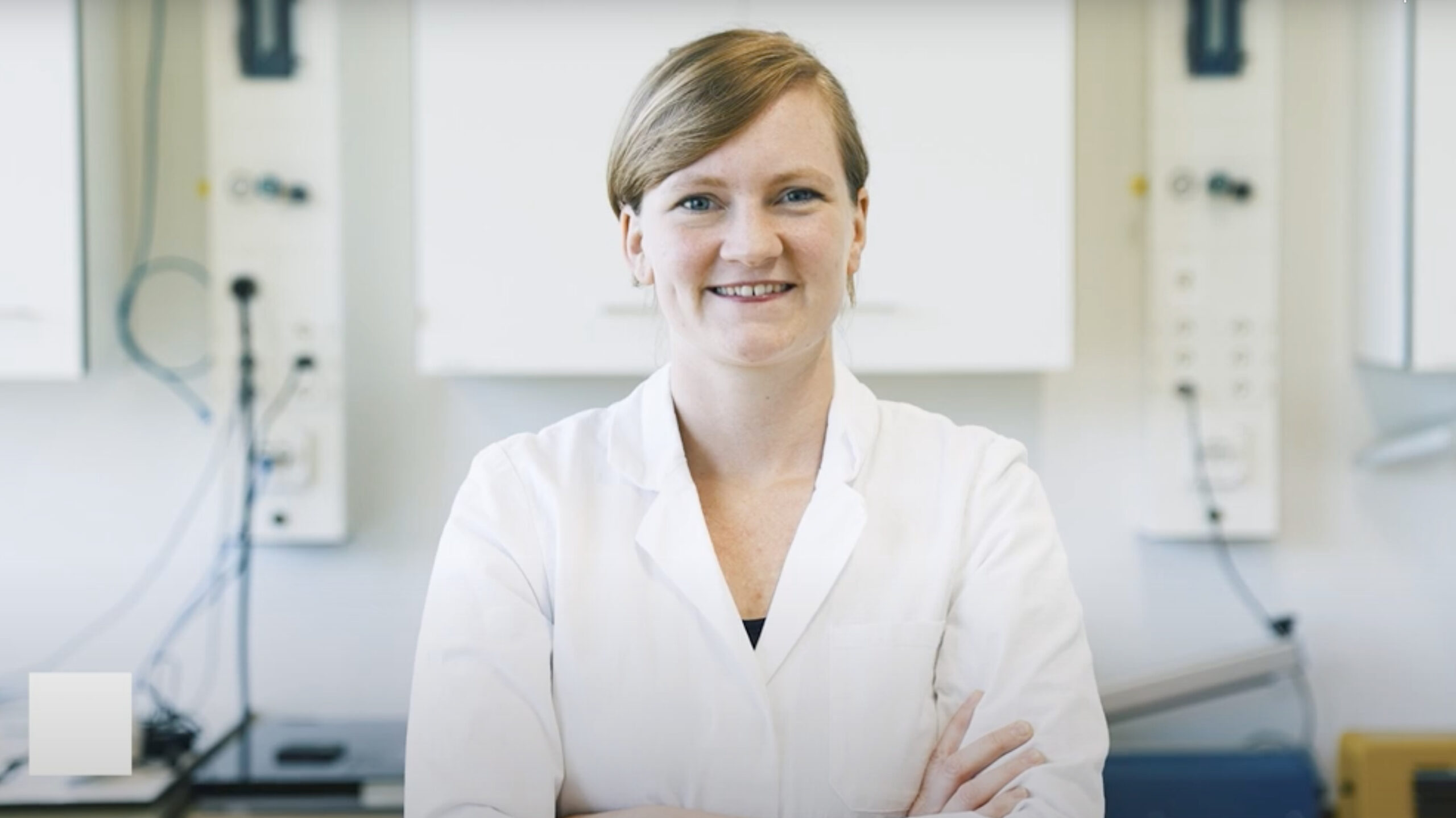
Animal feed from insects
Insects Instead of Soy as Sustainable Feed for Laying Hens
Since humans discovered fire, they have used it to process food to make it safer, tastier, and longer-lasting. Food processing methods have changed over time: A hundred years ago, the miller ground local grain in the mill, and bakeries turned it into bread. Today, industrial companies process ingredients from around the world into ready-made products.
Processed foods are essential to adequately feed the world's population. These products are safe, nutritious, and affordable, but they can be unhealthy if they have high fat and sugar content. Additionally, their production can consume a lot of energy and harm the environment.
Research is continuously developing new methods to process food in an environmentally friendly way. It is important to minimize losses and utilize by-products. In the future, we might consume different foods, such as algae or lab-grown meat.
Food on a journey
The share of the individual transport methods on the global food miles.
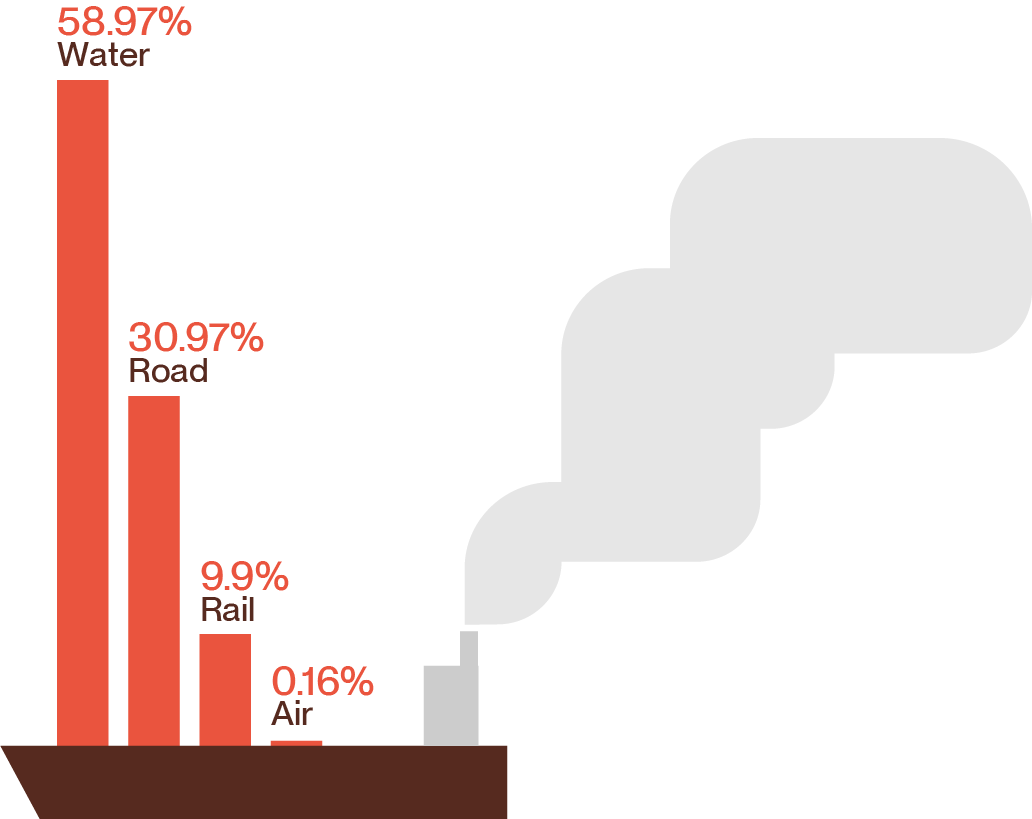
Food is mainly transported by sea. About half of all food consumed in Switzerland comes from abroad. Without imports, we would not have access to exotic fruits, coffee, and chocolate. Meat would also be scarce, as animal feed is mainly imported from South America. Global trade is steadily growing and contributes to food security by increasing the availability of food.
However, global trade also has its downsides. Many farmers in developing countries are increasingly focusing on growing export goods, which reduces the production of food for local consumption. This leads to a shortage of basic foodstuffs in the country, and the population relies on imports. In many African countries, most food comes from abroad, making them vulnerable to price fluctuations on international markets.
Algae - food of the future
To provide everyone with enough protein-rich food, sustainable alternatives to meat are necessary. One such alternative is microalgae. These microscopic organisms are not visible to the naked eye. They float in water and can thrive almost anywhere. To date, about 44,000 species are known.
Microalgae like Chlorella and Spirulina provide protein with essential amino acids that our bodies cannot produce on their own. Some algae species contain up to seventy percent protein by dry mass. Adding microalgae can increase the nutritional value of food.
Cultivating microalgae requires little space. They grow quickly, even in salt and wastewater. However, the cultivation methods are not yet fully optimized and are currently still expensive. Researchers at ETH Zurich are working on solutions to make microalgae production more efficient. In this way, they could enrich our diet in the near future.
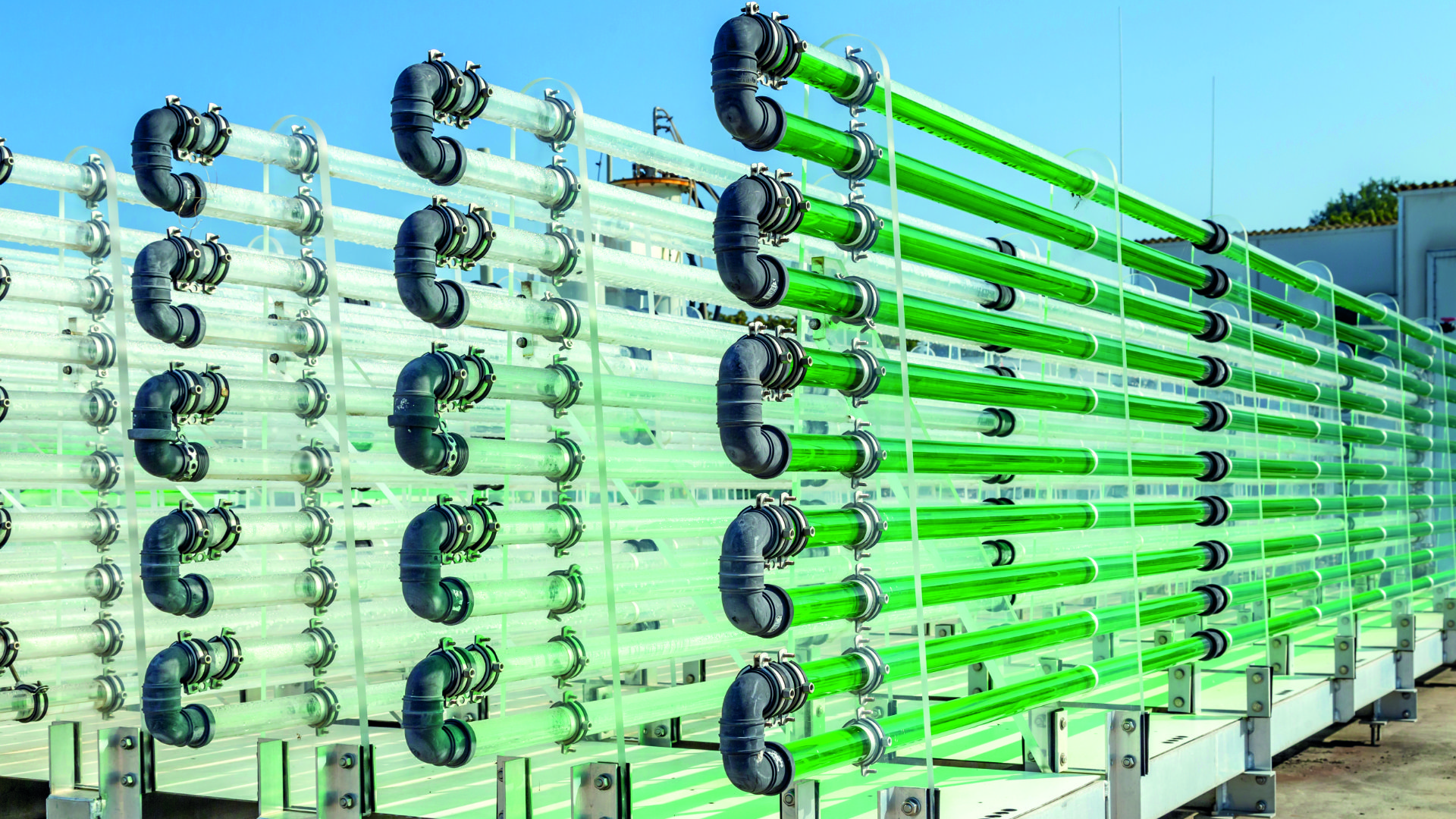
Projects focused on processing & trade
Without food, we could not survive. Whether alone or in company, we consume and enjoy. Humanity has created a wealth of dishes, and in all cultures, food holds a high value. Yet, almost a third of all food is lost or wasted on its way to us.
Every day, we decide what to eat. Our choices impact our health, the environment, and the living conditions of farming families. When shopping, we must balance price, enjoyment, health, and sustainability.
The decisions we make as consumers influence the production, trade, and sale of food in the long term. We need to consider a variety of information – a demanding but necessary task. It's time to change our habits and stop wasting food. We share the responsibility to ensure that everyone, worldwide, has enough to eat.
How much we spend on our food
Share of expenditure spent on food bought for consumption at home vs. total consumer expenditure
The whole world on our plates
In comparitively affluent Switzerland, we take it for granted that we always have access to all kinds of food. Stores offer an impressive variety, and usually, there are different quality levels and price categories for each product. It is remarkable that almost half of all food consumed in Switzerland is imported. Although food systems are connected worldwide, regions still differ greatly from each other.
Not everyone can afford a healthy diet
Share of the population that CANNOT afford a healthy diet.
What a waste!
About one-third of all food is lost on its way from the field to our plates – or we throw it away. In Switzerland, 2.8 million tons of food waste are generated annually. This amounts to about 330 kg or 620 Francs per person, which could be avoided.
Food is wasted at all stages of the production chain. Agriculture discards blemished fruit or crooked vegetables because they do not meet standards and regulations. Processing plants do not use all by-products. For example, whey from cheese production often ends up in animal feed or biogas plants, even though it could be consumed by humans. Restaurants often serve portions that are too large, and at home, stale bread goes untouched.
This waste has negative impacts on the climate and environment. This is especially true for food that ends up in household trash at the end of the chain. Producing, processing, and transporting food requires land, water, and energy.
Food waste from the Swiss food chain
All actors in the food chain cause a total of 2.8 million tons of food waste per year.
All actors in the food chain cause a total of 2.8 million tons of food waste per year.
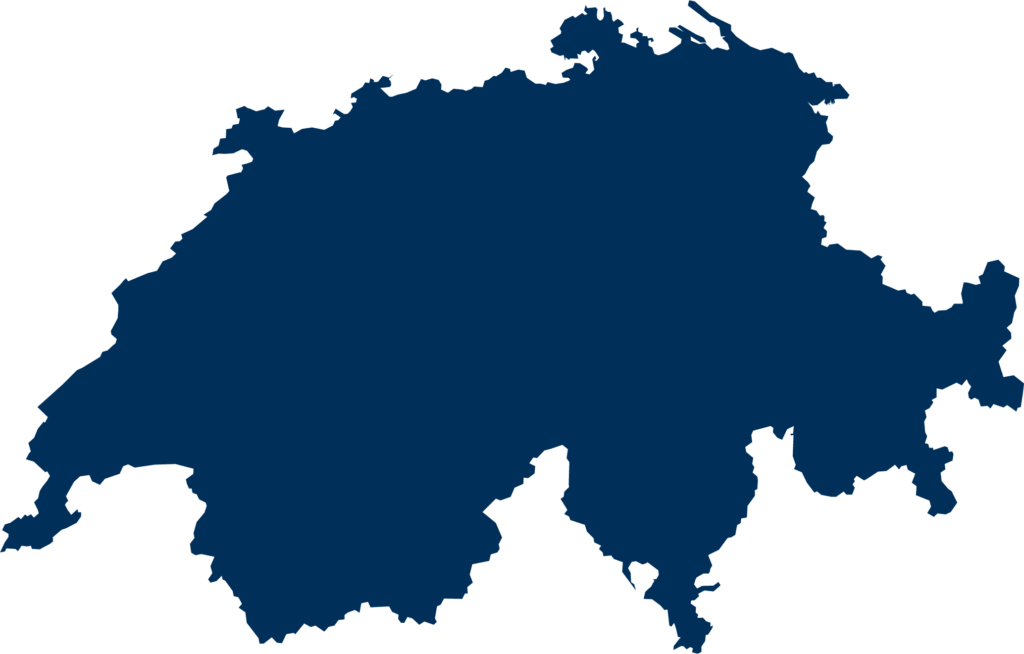
What gets thrown away the most?
Loss across all stages of the food chain in kilograms per person and year.
